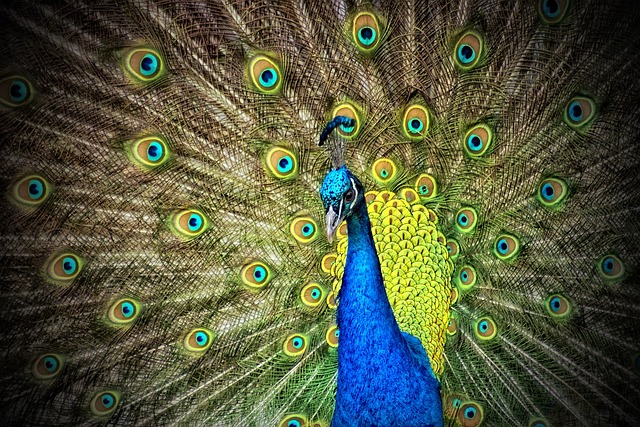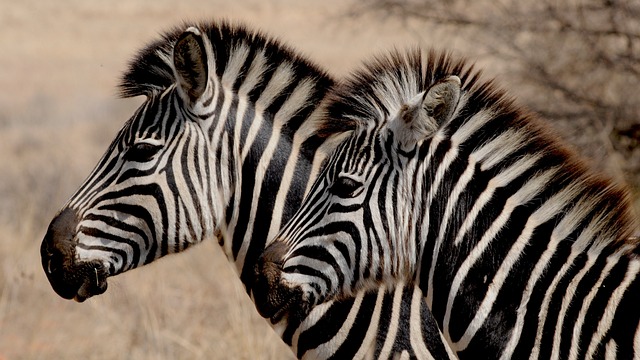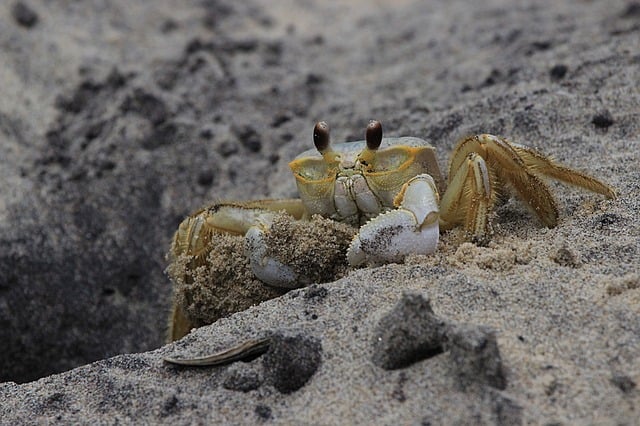Wildlife removal is a specialized field demanding empathy, expertise, and careful planning for the safe relocation of animals while safeguarding humans. It involves understanding local regulations and prevention methods, recognizing scenarios requiring professional intervention (e.g., injured, aggressive, or infected animals), adhering to legal and ethical guidelines, and prioritizing humane treatment with proper tools and protective gear. Safety measures include gear, knowledge, permits, and respecting nesting and mating seasons. For encounters beyond individual safety, contacting trained professionals ensures both animal welfare and the preservation of diverse species and their habitats, upholding conservation efforts.
Wildlife Removal: Ensuring Safety and Well-being for Both Animals and Humans
Wildlife can enrich our lives, but their presence on our properties often requires careful management. Safe wildlife removal is a nuanced process that demands a deep understanding of local laws, ethical considerations, and practical techniques. This article guides you through the critical aspects of addressing wildlife intrusions safely and humanely. From recognizing when removal is necessary to implementing effective prevention strategies, we explore best practices for both common and rare species. Learn about legal obligations, safety precautions, and the art of relocating animals without causing them harm.
# Wildlife Removal: Ensuring Safety and Well-being for Both Animals and Humans

Wildlife removal is a delicate process that requires careful consideration to ensure the safety and well-being of both animals and humans. When faced with an unwanted wildlife encounter, it’s crucial to approach the situation with empathy and expertise. Professional wildlife removal services are trained to handle various animal species, employing humane methods to capture and relocate them safely. This not only minimizes stress for the animals but also prevents potential hazards that might arise from aggressive or distressed wildlife.
The safety of individuals involved in wildlife removal is paramount. Trained professionals utilize protective gear, including gloves, masks, and eye wear, to safeguard against diseases or physical harm. They also employ specialized tools and techniques tailored to each animal’s unique behavior and habitat, ensuring a successful and secure relocation process that respects both the animals’ natural habitats and human living spaces.
<section id="understanding-when-removal-is-necessary-“>
Understanding When Removal is Necessary

When it comes to wildlife removal, understanding when it’s necessary is a crucial first step. While many animals play vital roles in their ecosystems, there are instances where their presence poses significant risks or disruptions to human activities and well-being. This could include situations where wildlife becomes a direct threat to public safety, causes substantial property damage, or disrupts essential services such as agriculture or water supply.
Identifying these issues often requires observing animal behavior and understanding local regulations. In many cases, prevention through proper habitat management, secure trash storage, and other measures can deter problematic wildlife interactions. However, when removal becomes inevitable, it’s best to consult professionals who specialize in safe and humane Wildlife Removal practices to ensure the well-being of both the animals and the individuals involved.
– Identifying situations that require safe wildlife removal, such as sick, injured, or aggressive animals, and property damage caused by wildlife.

When considering safe wildlife removal, it’s crucial to recognize specific scenarios that necessitate expert intervention. These situations often involve sick, injured, or aggressive animals, each presenting unique challenges and potential risks. For instance, a wild animal with a severe injury might require prompt relocation to prevent further harm to itself or others. Similarly, an ill or infected creature could pose a public health concern, making its safe removal imperative. Property damage caused by wildlife is another compelling reason for professional assistance. Animals like squirrels, raccoons, or bears may cause significant structural damage, leading to costly repairs.
In such cases, attempting DIY solutions can be hazardous and ineffective. Wildlife Removal experts are trained to handle these situations with the necessary equipment and knowledge to ensure the safety of both humans and animals. They employ humane methods, considering the well-being of the creature as much as the needs of the property owners. Prompt action in identifying and addressing these scenarios is vital to mitigate potential risks and preserve the balance between human habitats and natural environments.
<section id="legal-and-ethical-considerations“>
Legal and Ethical Considerations

When considering wildlife removal, it’s crucial to understand both legal and ethical guidelines that govern such practices. Each jurisdiction has its own set of rules and regulations in place to protect native species and ensure humane treatment during removal processes. Violating these laws can result in hefty fines or even criminal charges.
Ethical considerations are equally important. Wildlife removal should only be undertaken by trained professionals who prioritize the welfare of the animals. This includes using humane trapping methods, providing safe relocation options, and minimizing distress to both the wildlife and surrounding ecosystems. Adhering to these principles not only respects animal rights but also promotes conservation efforts by ensuring the long-term survival of species in their natural habitats.
– Exploring local laws and regulations regarding wildlife removal, permits, and the handling of protected species. Discussing ethical practices for humane treatment of wildlife.

Before engaging in any form of wildlife removal, it’s crucial to explore and understand local laws and regulations. Each region often has specific guidelines regarding the handling of wild animals, including permits required for removal, protective measures for threatened or protected species, and safe methods of capture and relocation. Failure to comply with these rules can result in penalties and negatively impact conservation efforts.
Ethical practices in wildlife removal prioritize the humane treatment of animals. This includes ensuring minimal stress during capture and transportation, providing appropriate care while temporarily housing them, and always considering non-lethal options for problem animals. Reputable wildlife removal services should be licensed, insured, and committed to preserving the natural balance by respecting both human safety and animal welfare.
<section id="safety-precautions-for-both-people-and-wildlife“>
Safety Precautions for Both People and Wildlife

When undertaking safe wildlife removal, it’s crucial to prioritize both human safety and animal welfare. Before attempting any removal, ensure you have the proper knowledge, equipment, and, if necessary, legal permits. Wear protective gear such as gloves and a face mask, especially when handling potentially aggressive or infected animals. Keep a safe distance and avoid confrontation; most wildlife is best left undisturbed unless it poses an immediate threat to human safety or property.
Additionally, be mindful of your surroundings and the animal’s natural behavior. Never attempt to remove wildlife during nesting or mating seasons, as this can cause undue stress and disrupt ecological balance. If you do encounter an animal in need, contact professional wildlife removal services who have the expertise and resources to handle the situation humanely and legally. Remember, safe wildlife removal is not just about protecting humans; it also ensures the conservation of diverse species and their habitats.
– Guidelines for individuals attempting safe wildlife removal: protective gear, tools, and techniques to minimize risk of injury from animals like bears, snakes, or rodents.

When attempting safe wildlife removal, individuals must prioritize their safety above all else. Protective gear such as thick gloves, long-sleeved clothing, and face masks are essential to guard against bites or scratches from animals like bears, snakes, or rodents. Additionally, tools designed for humane wildlife relocation, including sturdy traps and nets, can help capture and remove critters without causing harm.
Techniques for safe removal involve careful observation and understanding of animal behavior. Identifying signs of distress in the creature and its young can prompt a more gentle approach, such as providing water or food to encourage it to leave on its own. If direct removal is necessary, it’s crucial to maintain a safe distance and only intervene when absolutely required. Proper training or guidance from wildlife experts can ensure individuals employ effective yet safe methods for wildlife removal.
